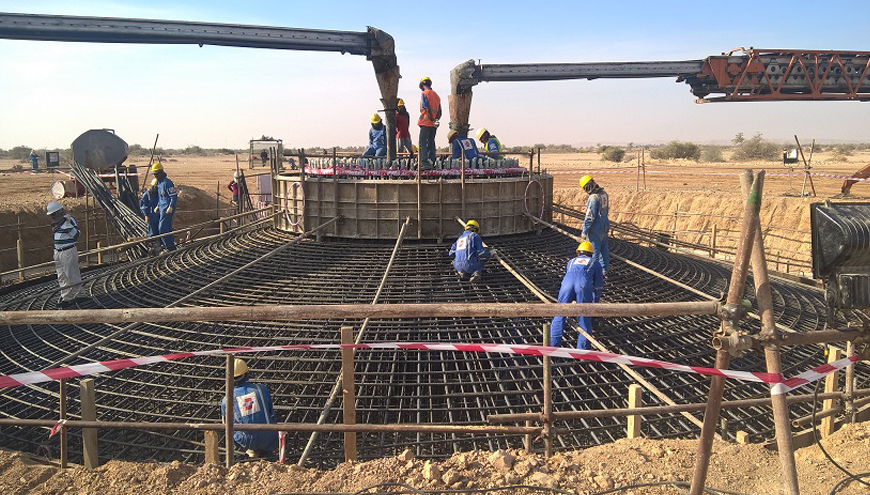
Pakistan
Metro Wind and Gul Ahmed Wind
Building a domestic renewable energy stream. Wind projects will reduce Pakistan’s exposure to the high cost and insecurity of fuel imports.
$263.5m
Total investment
$33.8m
Value of PIDG investment
700,890
Number of people benefitting
Background
Demand for power in Pakistan outstrips supply, and frequent power cuts can last up to 18 hours per day. Asian Development Bank research suggests that the impact of inadequate electricity supply on business and industry in Pakistan is equivalent to a loss of around 2% to 3% of annual GDP. The Government of Pakistan is keen to harness the potential of the country’s largely untapped renewable energy resource, improving fuel security and power supply for customers. Expanding Pakistan’s renewable energy sector will also cut carbon emissions and reduce government spending on expensive fossil fuel imports.
Project
InfraCo Asia was approached for support by local sponsors of the Metro Wind and Gul Ahmed Wind projects in Pakistan’s Sindh Province, both of which had faltered as a result of unfavourable macro-economic conditions. InfraCo Asia Development provided funding of US$15.6m in early stage capital, prepared the required documentation and worked with commercial lenders and international DFIs to secure the required project finance, whilst InfraCo Asia Investments invested US$18.2m at, and post, financial close. Metro Wind and Gul Ahmed Wind became operational in late 2016. Clean energy generated by the projects costs US$0.14/kWh to US$0.16/kWh, which is lower than the cost of conventional oil and diesel power generation (US$0.20 to US$0.25/kWh).
Impact
By developing an abundant source of renewable energy, the projects will reduce Pakistan’s exposure to the high cost and insecurity of fuel imports. Access to reliable power promotes business growth, creating employment and boosting household incomes. Metro Wind has invested directly in initiatives to improve quality of life for residents of a small community on the project site, building water wells and a unique co-educational school, and offering construction training opportunities for adults. Both projects demonstrate the viability of harnessing Pakistan’s substantial wind resource to provide a sustainable source of affordable energy. It is anticipated that the demonstration effect of the projects will attract new private investors to the country’s emerging renewables sector.
Our management team, together with InfraCo Asia, has played an instrumental and a very positive role in developing both wind projects…I congratulate InfraCo Asia for their relentless support


